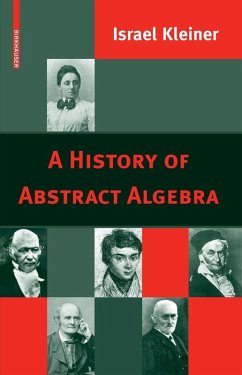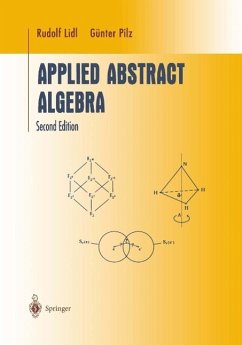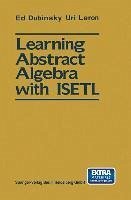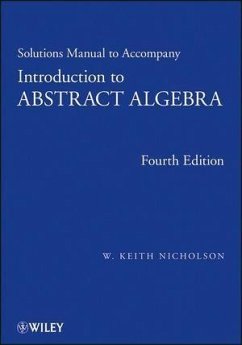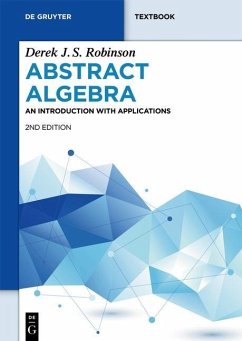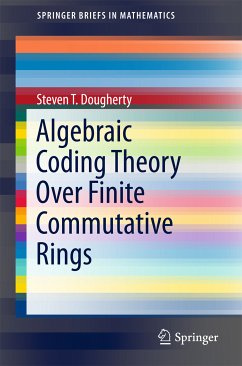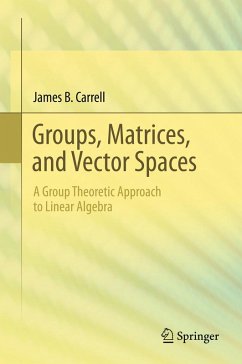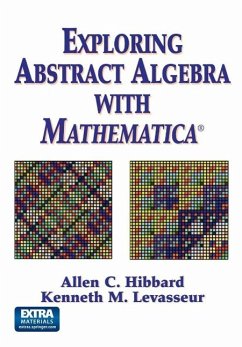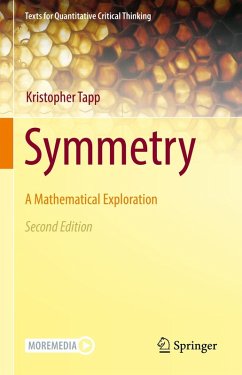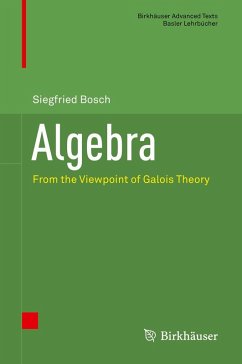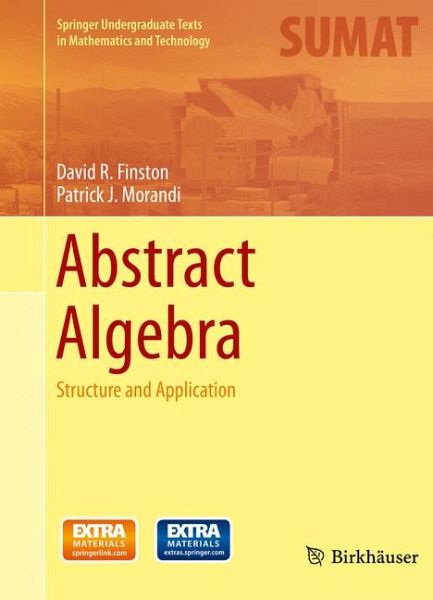
Abstract Algebra (eBook, PDF)
Structure and Application
Versandkostenfrei!
Sofort per Download lieferbar
48,95 €
inkl. MwSt.
Weitere Ausgaben:

PAYBACK Punkte
24 °P sammeln!
This text seeks to generate interest in abstract algebra by introducing each new structure and topic via a real-world application. The down-to-earth presentation is accessible to a readership with no prior knowledge of abstract algebra. Students are led to algebraic concepts and questions in a natural way through their everyday experiences.Applications include:Identification numbers and modular arithmetic(linear) error-correcting codes, including cyclic codesruler and compass constructionscryptographysymmetry of patterns in the real plane Abstract Algebra: Structure and Application is suitable...
This text seeks to generate interest in abstract algebra by introducing each new structure and topic via a real-world application. The down-to-earth presentation is accessible to a readership with no prior knowledge of abstract algebra. Students are led to algebraic concepts and questions in a natural way through their everyday experiences.
Applications include:
Abstract Algebra: Structure and Application is suitable as a text for a first course on abstract algebra whose main purpose is to generate interest in the subject or as a supplementary text for more advanced courses. The material paves the way to subsequent courses that further develop the theory of abstract algebra and will appeal to students of mathematics,mathematics education, computer science, and engineering interested in applications of algebraic concepts.
Applications include:
- Identification numbers and modular arithmetic
- (linear) error-correcting codes, including cyclic codes
- ruler and compass constructions
- cryptography
- symmetry of patterns in the real plane
Abstract Algebra: Structure and Application is suitable as a text for a first course on abstract algebra whose main purpose is to generate interest in the subject or as a supplementary text for more advanced courses. The material paves the way to subsequent courses that further develop the theory of abstract algebra and will appeal to students of mathematics,mathematics education, computer science, and engineering interested in applications of algebraic concepts.
Dieser Download kann aus rechtlichen Gründen nur mit Rechnungsadresse in A, B, BG, CY, CZ, D, DK, EW, E, FIN, F, GR, HR, H, IRL, I, LT, L, LR, M, NL, PL, P, R, S, SLO, SK ausgeliefert werden.




